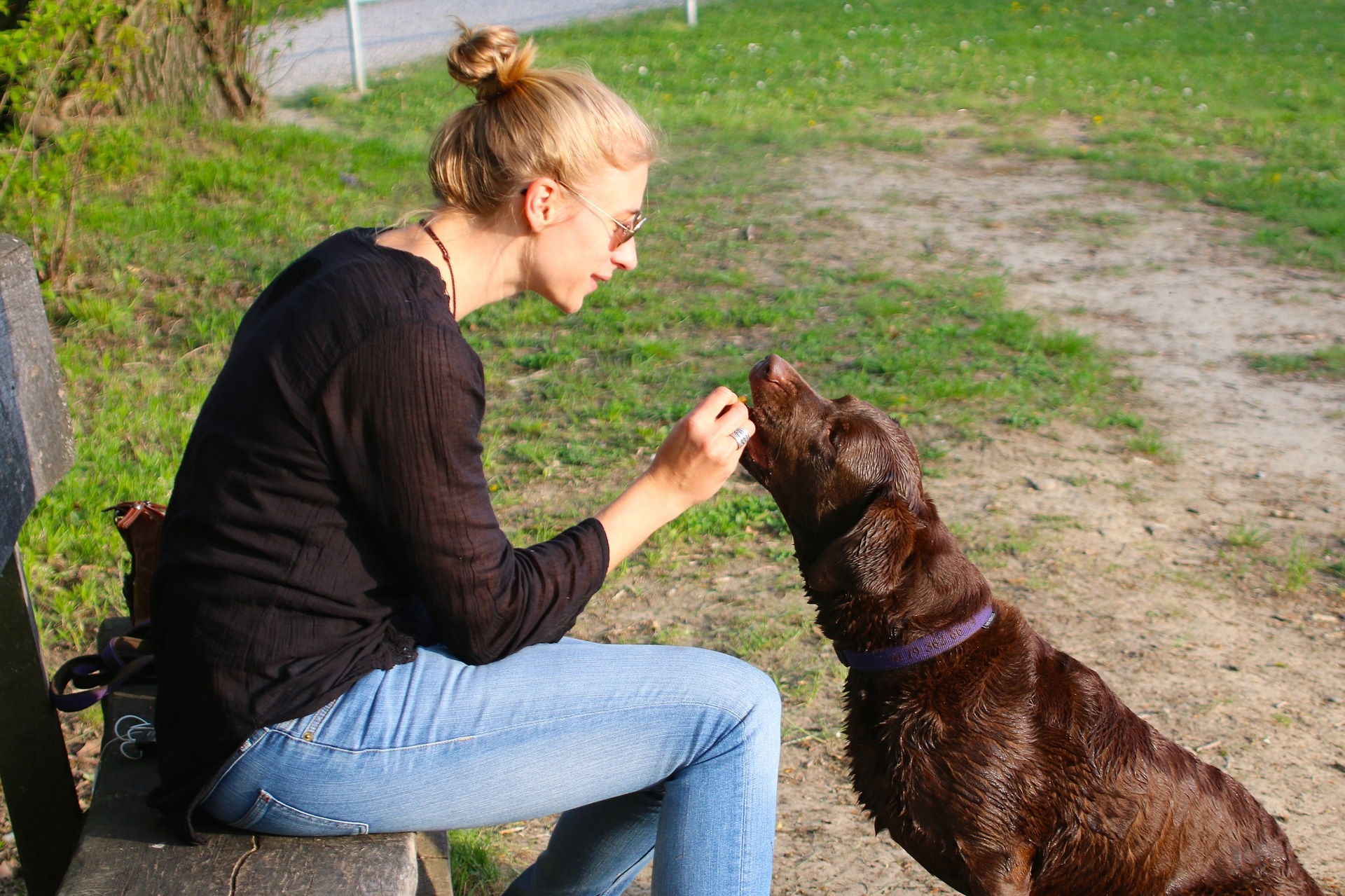The evolution of pets is a fascinating story that spans thousands of years, highlighting the bond between humans and animals. This bond has shaped the behavior, biology, and even appearance of many species, transforming them from wild animals into the beloved companions we know today. From early domestication to the specialized breeds of modern times, pet evolution reflects both the needs of humans and the adaptive capabilities of animals.
Early Domestication: How It All Began
The domestication of animals likely began around 15,000 to 30,000 years ago, when humans first formed relationships with wolves. Evidence suggests that wolves, ancestors of modern dogs, began to associate with human hunter-gatherer groups, attracted by food scraps and shelter. In return, early humans benefited from the wolves’ hunting skills, companionship, and protection. This mutually beneficial relationship set the stage for the evolution of the domesticated dog.
Over time, certain wolves were selected based on their tameness, friendliness, and compatibility with humans. These animals became the first domesticated dogs, gradually diverging from their wild ancestors. Domestication, combined with selective breeding, led to changes in the dogs’ behavior, appearance, and genetics.
The domestication of other animals, such as cats, followed a similar trajectory. Cats are believed to have been domesticated around 9,000 years ago in the Near East, likely drawn to human settlements by an abundance of prey, such as mice and rats. Unlike dogs, which were actively selected and bred for specific traits, cats domesticated themselves to some extent, as their solitary nature required less intervention from humans.
Selective Breeding and the Emergence of Breeds
As humans transitioned from nomadic hunter-gatherers to settled agricultural societies, the roles of domesticated animals evolved. Dogs were bred for specific purposes, such as herding, guarding, or hunting, which led to the emergence of various breeds with specialized traits. Similarly, cats became valued for their ability to control pests in grain stores and homes.
Over the centuries, selective breeding intensified, driven by human desires for specific physical characteristics and temperaments. This led to the development of the wide range of dog and cat breeds we see today, each with unique traits suited to different tasks and lifestyles. For example, working breeds like Border Collies were bred for intelligence and agility, while toy breeds like Pomeranians were selected for their small size and companionship qualities.
Other animals, such as horses, rabbits, and birds, were also selectively bred over time. Horses, for instance, were initially domesticated for their utility in transportation and agriculture, but they later became prized for their speed, strength, and beauty in various cultures. Selective breeding in pets has significantly altered their physical characteristics, often to the point where some modern breeds bear little resemblance to their wild ancestors.
Behavioral Evolution
The domestication process has also led to significant behavioral changes in pets. Wild animals are generally more aggressive, territorial, and wary of humans, while domesticated animals tend to be more sociable, cooperative, and reliant on human interaction. These behavioral adaptations have made domesticated animals more suited to life alongside humans, allowing them to thrive in domestic environments.
For instance, dogs have developed an ability to read human emotions, respond to verbal cues, and even communicate with humans through body language. This unique bond has evolved over thousands of years, and dogs are now considered one of the most social and cooperative animals with humans.
Cats, though more independent, have also evolved behaviors that make them more suited to life with humans. They have developed a range of vocalizations, including purring and meowing, specifically to communicate with humans, as these sounds are not commonly used in communication between wild cats. While cats are more solitary by nature, they have adapted to coexisting with humans, often forming strong bonds with their owners.
The Modern Pet-Human Relationship
Today, pets have evolved beyond their traditional roles as working animals to become cherished members of the family. This shift in the human-pet relationship has been especially evident in recent decades, as pets are increasingly valued for their emotional support and companionship. With advancements in veterinary care, nutrition, and understanding of animal behavior, pets are living longer, healthier lives, and their bond with humans continues to deepen.
The rise of pet-friendly businesses, parks, and even workplaces reflects how pets have become integral to modern life. As society becomes more urbanized, pets are often seen as companions that provide comfort, reduce stress, and improve mental well-being. In return, humans invest significant time, energy, and resources into caring for their pets, ensuring they lead happy and fulfilled lives.
Future of Pet Evolution
The evolution of pets is an ongoing process, influenced by changing human needs and societal trends. Advances in genetics and biotechnology may play a significant role in the future of pet evolution. For example, gene editing and cloning technologies could potentially be used to address inherited health issues in certain breeds or even create entirely new breeds with desired traits.
Additionally, as awareness of animal welfare and the ethical concerns surrounding selective breeding grows, there may be a shift toward prioritizing the health and well-being of pets over aesthetics. This could lead to a decline in the breeding of pets with extreme physical traits that may cause health problems, such as brachycephalic (short-nosed) dog breeds, which often suffer from breathing difficulties.
The evolution of pets is a remarkable testament to the enduring bond between humans and animals. From wild wolves and solitary cats to the diverse array of pets we see today, the journey of domestication has shaped not only the animals themselves but also human society. As we continue to nurture and care for our pets, the future of pet evolution will undoubtedly reflect our growing understanding of their needs and our shared existence.
